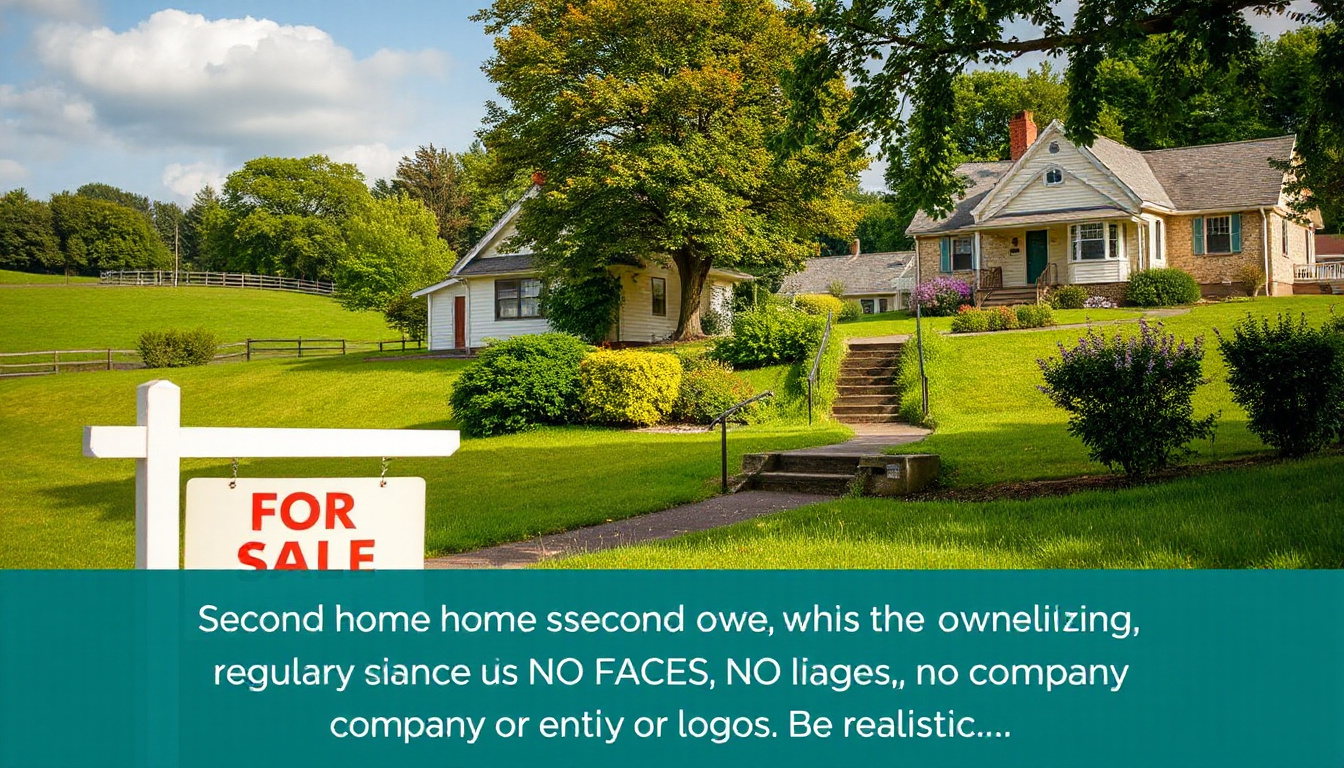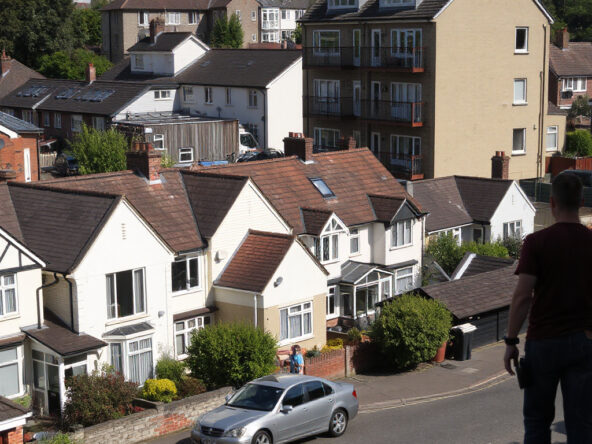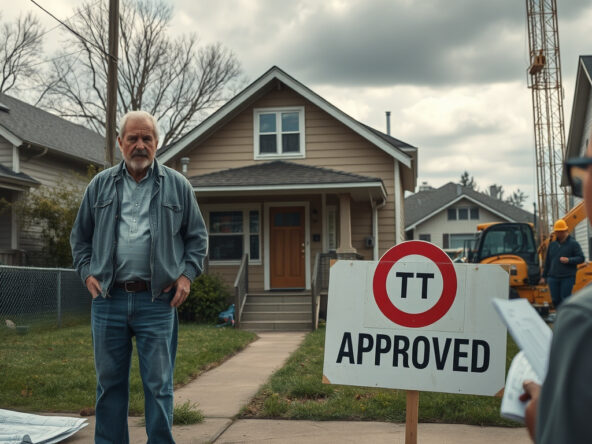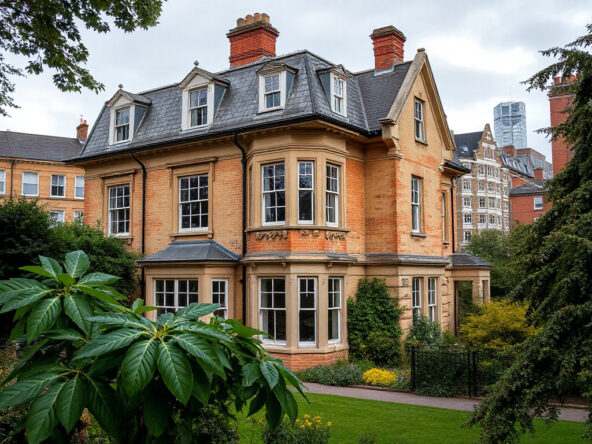Understanding Council Tax on Second Homes: The Impacts of Upcoming Changes
From April 2025, council tax rules shift. Second home owners face extra costs as councils now can set higher rates. The law gives local decision makers the power to add extra charges on homes that are not the owner’s main residence.
New Legislation and Its Implications
In early 2024, new laws came in. Local councils gain the power to raise council tax on second homes, even by as much as 100%. This rule brings extra income to councils and helps free up houses for more local people. Areas with many second homes, especially where visitors come, see this change. Scotland and Wales had similar rules before.
Now, a typical second home tax bill that stands around £2,171 each year might climb to about £4,342 by April 2025 if councils use this power.
Areas That Will Be Affected
More than 150 councils, especially those in rural and coastal spots, plan to use this extra charge. Counties like Cornwall and South Hams, well known to tourists, may lead these changes. The hope is that local people get more houses to live in as property prices rise when many consider second homes.
How to Determine Your Local Council Tax Status
Homeowners should check with their local council to see if the extra tax applies. Many councils have already made their choices. People in busy holiday areas should look closely at these plans. A government website lets you enter your postcode to learn about the rules in your area.
Classifications Impacting Council Tax Liability
Homeowners and investors must know how their property is labeled. A house becomes a second home if it is set up with furniture and is not used as the main home. Some cases get mixed up when different councils use different ideas for classification.
Owners who rent out their property do not pay council tax in the same way. When a property is set up for several tenants, the owner pays the tax, though rent may cover some of it.
For empty properties, rules also come into play. A home left unoccupied for a long time might bring an extra charge. This rule makes owners think about renting or preparing the house for people to live in.
Strategies for Property Owners Impacted by Changes
To keep costs lower when facing tax rises on second homes, some changes may help. Changing a second home into a holiday let can save you from this tax. The tax then turns into business rates, which can come as a smaller charge. Homeowners must meet rules on how the home is rented.
When the rules seem complex, contact your local council or the Valuation Office Agency. You might also check if any discounts or breaks can lower the tax when the home is under repair or change.
Conclusion
Council tax on second homes is set to change. With councils now able to add high charges, owners and investors need to learn the details. It is wise to check how the property is labeled and to find if any tax breaks apply. Homeowners might also think about selling or changing the home use to keep the cost low.
These changes in law aim to help local residents get housing and ask property owners to act early to meet the new rules while keeping costs in check.



